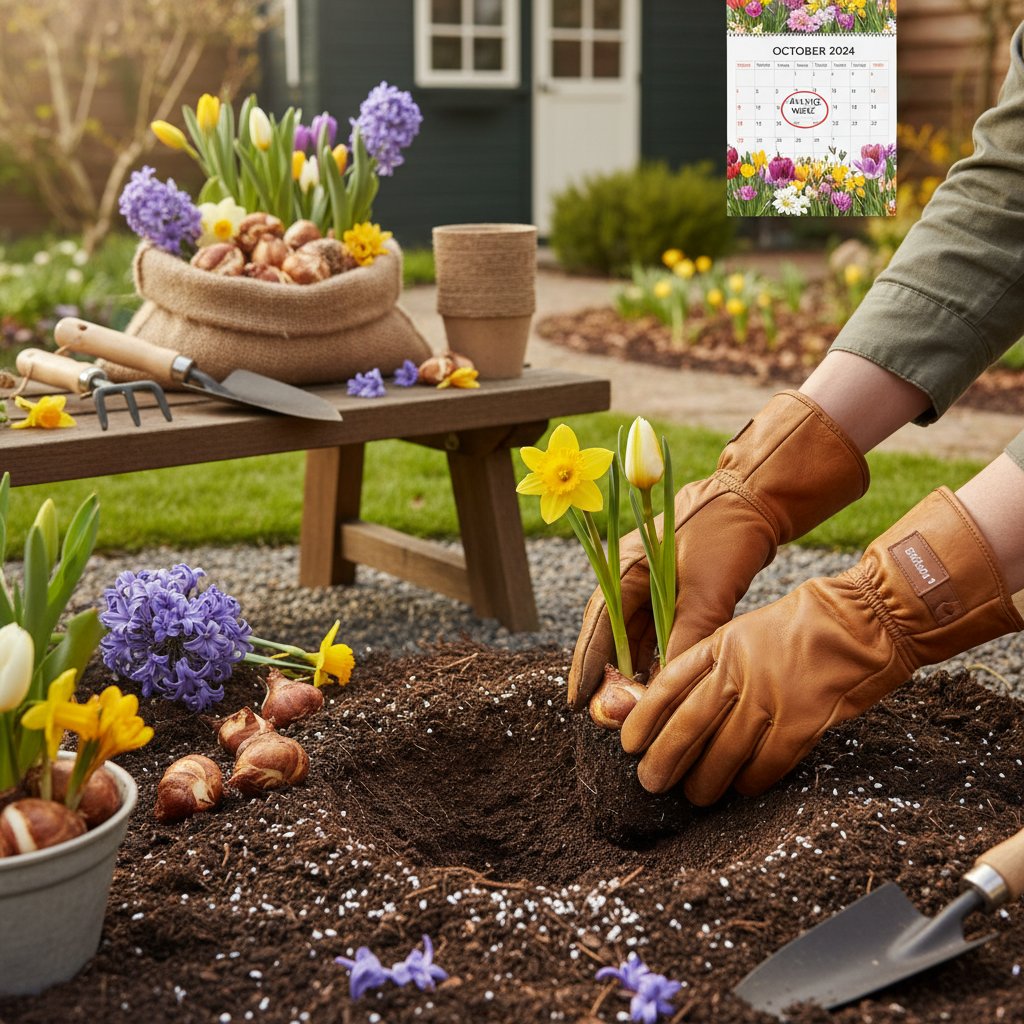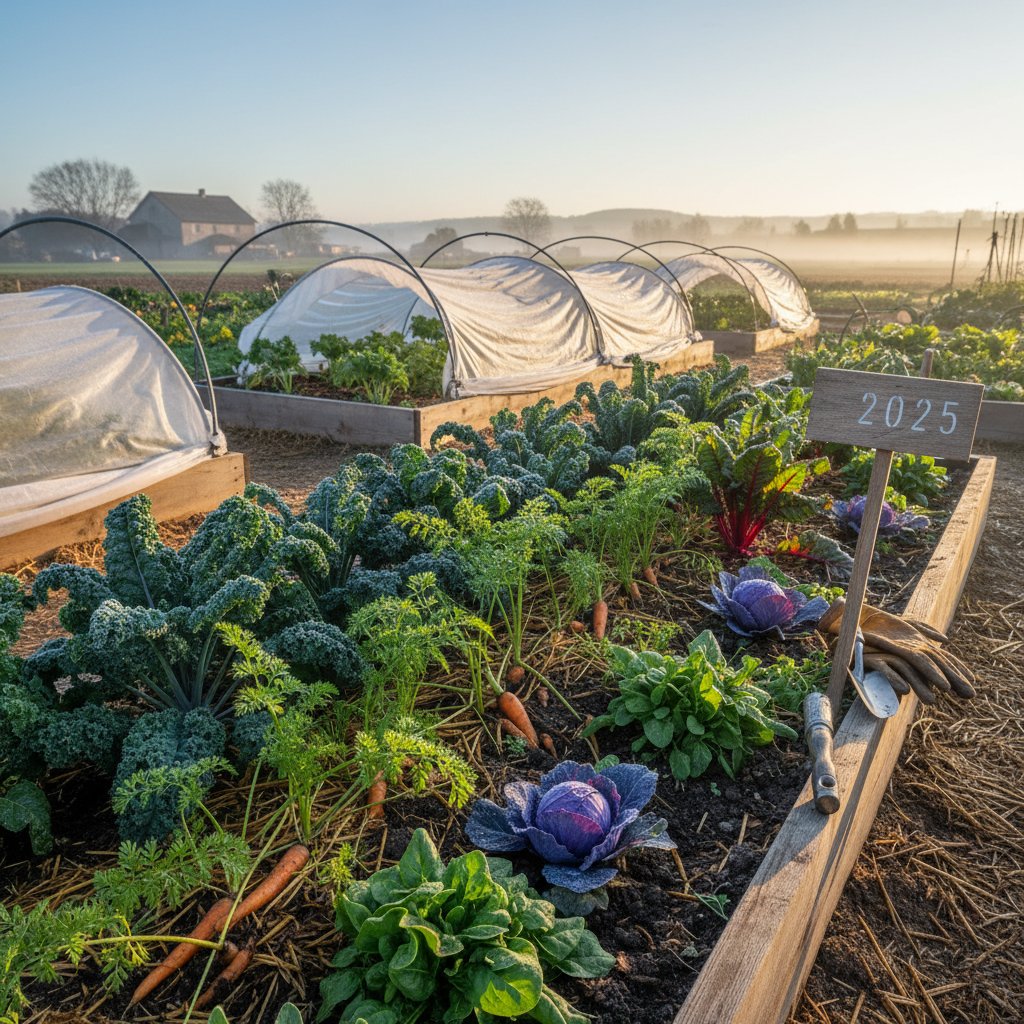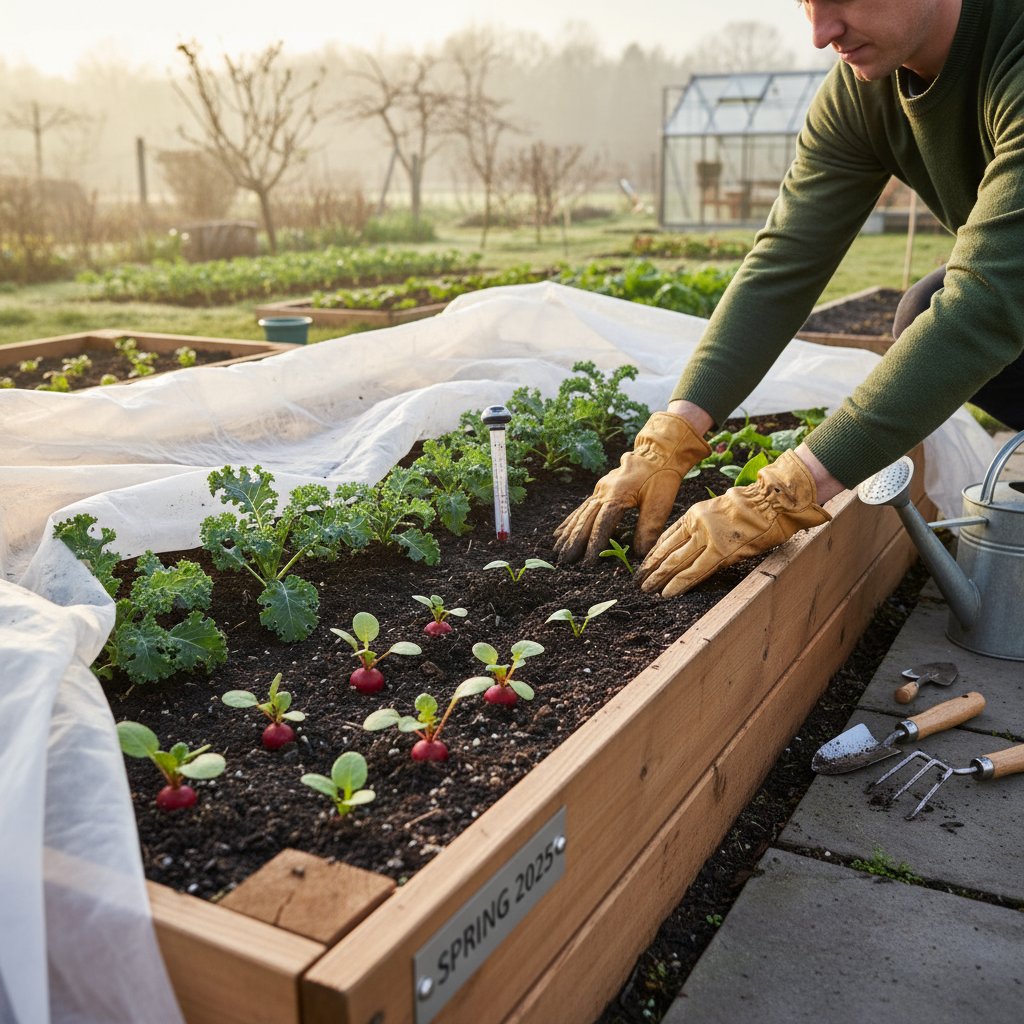Selecting Bulbs for a Vibrant Spring Display
Fall planting of spring-blooming bulbs positions your garden for a rewarding emergence in 2025. As summer fades, the moderating soil temperatures allow bulbs to develop essential roots without the stress of heat or frost. This preparation enables tulips, daffodils, hyacinths, and similar varieties to produce abundant flowers when milder weather arrives, filling your landscape with early-season vitality.
The Importance of Fall Timing
Spring bulbs require a chilling period to initiate flowering, which fall planting provides naturally. Position bulbs in the ground after soil cools to around 55 degrees Fahrenheit but before the first hard freeze, typically from late September through November in most temperate zones. This window prevents rot from excess moisture and avoids weak sprouting from lingering warmth.
Early planting risks upward growth that winter cold may damage, while delays hinder root establishment and diminish bloom quality. Test soil readiness by inserting a trowel; it should penetrate easily without being waterlogged. Adjust based on your local climate to optimize success.
Recommended Bulbs for Reliable Performance
Select proven varieties that suit your garden's conditions and aesthetic goals. Focus on those with strong disease resistance and naturalizing tendencies for low-maintenance returns.
Tulips
Tulips offer diverse shapes and hues, from classic red Darwin hybrids to frilly parrot types, blooming from March through May. Position bulbs pointy-end up at 6 to 8 inches deep, spaced 4 to 6 inches apart in groups of 12 or more for visual impact. Mid-grade bulbs range from 50 cents to one dollar each; choose species tulips like Tulipa kaufmanniana for longevity in varied soils.
Daffodils
Daffodils excel in resilience, often perennializing without division. Opt for trumpet varieties like 'King Alfred' in yellow or 'Thalia' in white, which tolerate partial shade and clay soils. Bury bulbs 6 inches deep and 4 to 6 inches apart; expect costs of 30 to 75 cents per bulb. Their deer-resistant foliage adds structure post-bloom.
Hyacinths
Hyacinths deliver intense fragrance through dense spikes in blues, pinks, and whites, peaking in April. They demand fertile, drained sites in full sun; plant 4 to 6 inches deep, 3 to 4 inches apart. Individual bulbs cost about one dollar; prepare for their toxicity to pets by selecting elevated beds near walkways to maximize scent appreciation.
Crocuses
Crocuses pioneer the season, with saffron threads emerging in February amid melting snow. Plant diminutive corms 3 inches deep and 2 to 3 inches apart in lawns or rockeries; a 25-count bag runs 10 to 15 dollars. Varieties like Crocus vernus spread via offsets, forming carpets in purple, gold, or white over time.
Alliums
Alliums provide architectural drama with spherical heads in purple or white atop 2- to 4-foot stems, blooming in late spring. Site them in sunny, well-drained areas 6 to 8 inches deep, spaced 8 to 12 inches; premium bulbs fetch two to four dollars apiece. Pair with low perennials to accentuate their form without competition.
Optimizing Soil for Bulb Health
Bulbs thrive in loose, nutrient-rich soil with a pH of 6.0 to 7.0. Assess your site for drainage by digging a 12-inch hole, filling it with water, and noting if it empties within two hours; amend heavy soils with 2 inches of compost or gypsum. Incorporate slow-release fertilizer formulated for bulbs at planting to supply phosphorus for root development.
Loosen the top 10 to 12 inches of soil with a garden fork, removing rocks and weeds. For containers, use a mix of one-third potting soil, one-third compost, and one-third perlite. Water thoroughly after placement to eliminate air pockets and encourage initial rooting.
Layering Techniques for Extended Color
Achieve succession blooming by stratifying bulbs by size and schedule. Dig a broad trench or use a bulb planter for precision; start with deep-rooted types like alliums or daffodils at 8 inches, followed by mid-level tulips at 6 inches, and surface-level crocuses at 3 inches. This vertical arrangement ensures early crocuses yield to hyacinths and tulips without overlap.
Incorporate companion plants such as hostas or ferns to conceal fading leaves. Space layers to allow 50 percent soil coverage between tiers, promoting airflow and reducing fungal risks. Experiment with color themes, like cool blues and whites, for cohesive drifts.
Essential Care Practices
Post-planting, apply 2 inches of mulch to insulate against temperature swings and suppress weeds. In regions prone to rodents, install hardware cloth barriers 6 inches deep around planting zones. Spring care involves watering during dry spells until foliage yellows, then removing spent flowers to redirect energy.
Apply a balanced fertilizer in early spring as shoots appear, repeating after bloom to replenish nutrients. Monitor for issues like basal rot by inspecting for soft spots; treat with fungicide if needed. Every three to five years, lift and separate overcrowded groups in late summer to maintain vigor.
Planning Your Bulb Garden Layout
Map your space considering sunlight patterns and sightlines to prioritize high-traffic views. Sketch clusters integrating heights and bloom times for balanced compositions. Source quality bulbs from reputable suppliers to avoid inferior stock.
Dedicate time this season to these steps, and observe the transformation as 2025 unfolds. Your investment yields not only beauty but also pollinator support and seasonal markers in an ever-changing garden.



